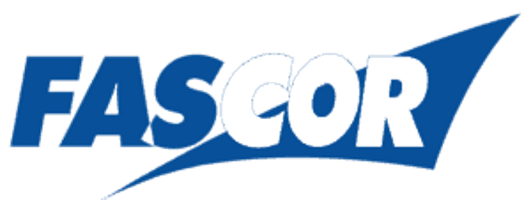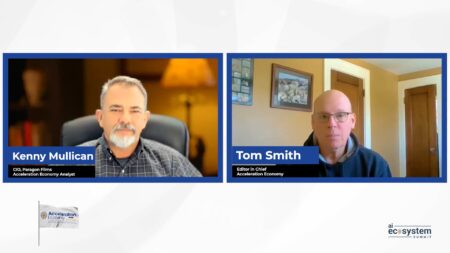Microsoft Dynamics GP (formerly Great Plains) has been and continues to be the operational and financial cornerstone that many businesses operate on. GP’s strengths, flexibility, and extensibility through add on products have been proven over time and can be validated by the dedication and loyalty of its users and community.
One proven way to extend the functionality of GP is to leverage a warehouse management system (WMS). With a WMS, a company can eliminate paper-based processes, implement leading edge warehouse technology, maximize inventory control and become significantly more productive. 
Below are areas in the warehouse that can be immediately impacted by a WMS integrated with GP.
Accuracy
Whether we’re talking inventory accuracy or outbound order accuracy, the WMS will minimize errors with real time tracking and validation of all activity. Sending the wrong product to a customer leads to extra costs with fixing the error and lost orders due to customer dissatisfaction. Any mistakes in receiving and inventory control flow downstream and can create major headaches in picking and order fulfillment.
With a WMS working hand in hand with GP, a company could see up to an 88% error rate reduction by automating processes, picking, and shipping.
Inventory
Do you have enough inventory to fill current orders? Do you have too much slow-moving inventory taking up space in your warehouse? Do you need to track inventory for compliance with local or federal regulations? Inventory has been a key tipping point in warehouse management and supply chain success. Being able to access real-time inventory data can lead to key insights and more informed business decisions.
Gorilla Glue, a GP user growing 20% year over year, needed to extend their GP functionalities. By deploying the FASCOR WMS, they were able to take control of their inventory and achieved a 99.97% accuracy rate, reduce order cycle time and reduce labor costs. Utilizing the FASCOR cycle counting program, they also eliminated the need for the end of year shutdown for physical inventory counting.
Productivity – The work is getting done, products are going out the door, but could you do more in less time? How long does it take to fill an order? How many steps does your warehouse team take to fill that order? A WMS can take the guesswork out of what to pick, where they pick it and when they pick it. It can also provide reports on performance and allows you to be proactive with training and incentives. One FASCOR client, a global leader in the distribution of AutoID products, saw a dramatic 40% reduction in their total distribution cost per order in the first year of use FASCOR’s WMS.
Visibility
In today’s world, having information and data at your fingertips is imperative for companies to compete and make good decisions both real time as well as for future plans. With the FASCOR WMS, companies are empowered with real time user configurable dashboards that connect them with what’s happening in in the warehouse. Whether at your desk or out of the office on your phone, critical data about operations, inventory, or other supply chain pieces, the WMS Visibility tools allow companies to go to that next level.
Outbound Fulfillment Options
When it comes to warehouses and distribution centers, the outbound fulfillment, order picking and shipping, is generally the area where companies spend the most in labor to meet the demand. With a WMS, companies have a broader tool set of capabilities and functionality to manage the warehouse. Generally speaking, it’s this part of the business where the old adage, “One size doesn’t fit all”, can be seen clearly. By using multiple pick methodologies, leveraging the WMS’s order management tools, implementing cartonization, SKU picking and more, companies can realize huge saving, improved efficiencies and create better customer experiences.
Shipping & Transportation
Last but not least, the ability to manage transportation cost and minimize warehouse requirements to meet carrier compliance means having integrated transportation management system (TMS) capability, especially for small parcel (UPS/FEDEX) and LTL shipments. In concert with the outbound capabilities mentioned above, the WMS and TMS work together to optimize how shipments are routed, minimize the number of boxes needed to ship an order and eliminate unnecessary touches of orders.
Orr Safety, a distributor of safety equipment, saw a significant reduction in freight costs after implementing the FASCOR WMS with their GP ERP.





